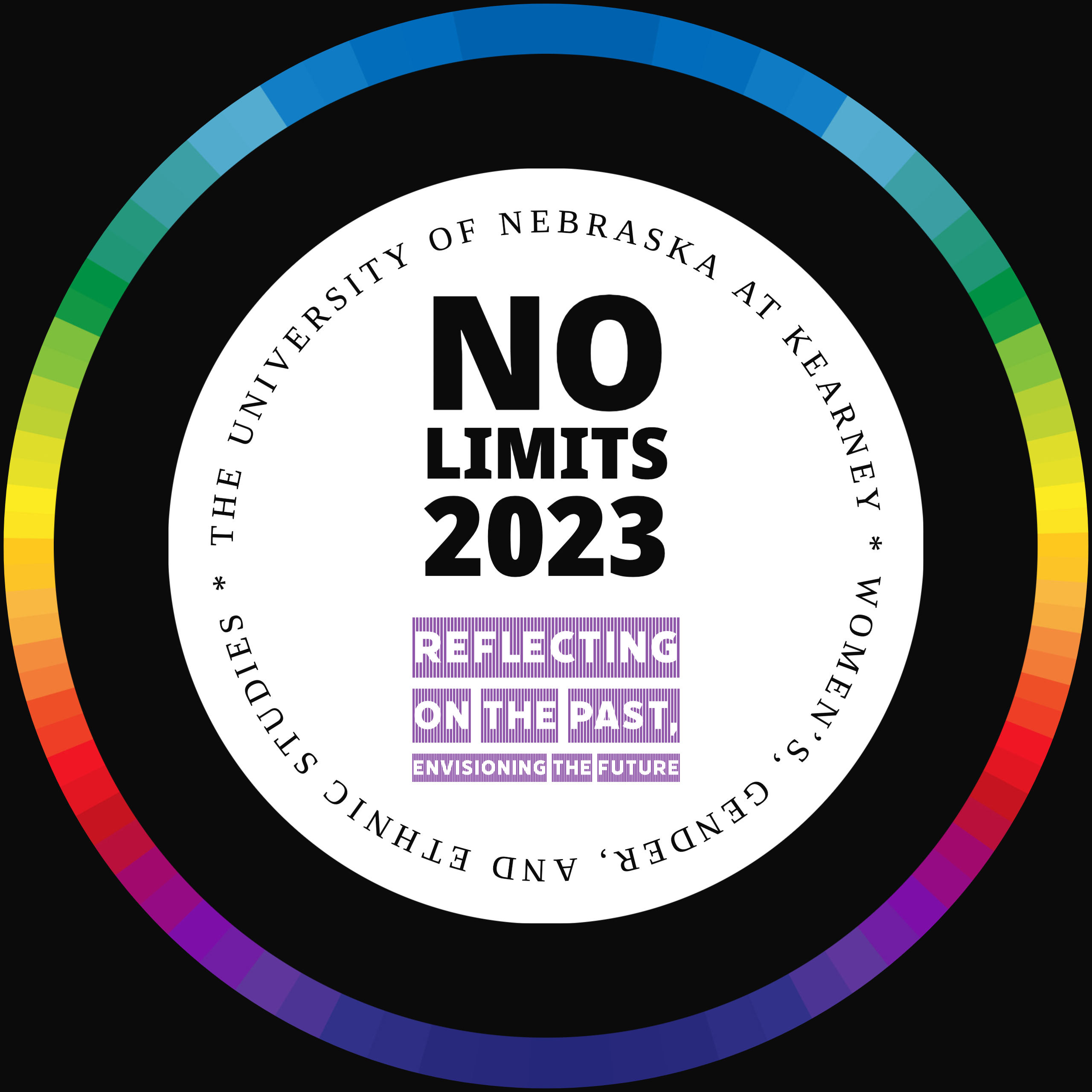Sickle Cell Disease Inequity and Inequality
Location
Ponderosa Room B
Presentation Type
Presentation
Presentation Topic
Gender Inequality, Health Inequality, Sickle Cell Disease
Start Date
3-3-2023 9:05 AM
Event Sort Order
3
Abstract
This paper aims to introduce a gendered approach to understanding the lack of research, funding, and personable care for individuals with Sickle Cell Disease. The intersection between race, gender, and health is explored through a lens of the historical and concurrent views surrounding sickle cell disease. Women in the African American community, particularly mothers, experience the largest burden of blame for the transmission and lack of care available for managing the disease. The paper explores the comparison to other similar conditions and the lack of both communal and institutional support for those suffering from the condition.
Sickle Cell Disease Inequity and Inequality
Ponderosa Room B
This paper aims to introduce a gendered approach to understanding the lack of research, funding, and personable care for individuals with Sickle Cell Disease. The intersection between race, gender, and health is explored through a lens of the historical and concurrent views surrounding sickle cell disease. Women in the African American community, particularly mothers, experience the largest burden of blame for the transmission and lack of care available for managing the disease. The paper explores the comparison to other similar conditions and the lack of both communal and institutional support for those suffering from the condition.






Presenter Bio
Nicole Doris is an undergraduate student at the University of Denver. She is double majoring in Biology and Gender and Women's studies. She enjoys exploring the intersection between the two disciplines and attempt to being a gendered view into addressing problems in the medical world. She hopes to one day enter the workforce as a doctor and to continue utilizing her undergraduate career in GWST to expand understanding of previous ignored or dismissed patients.